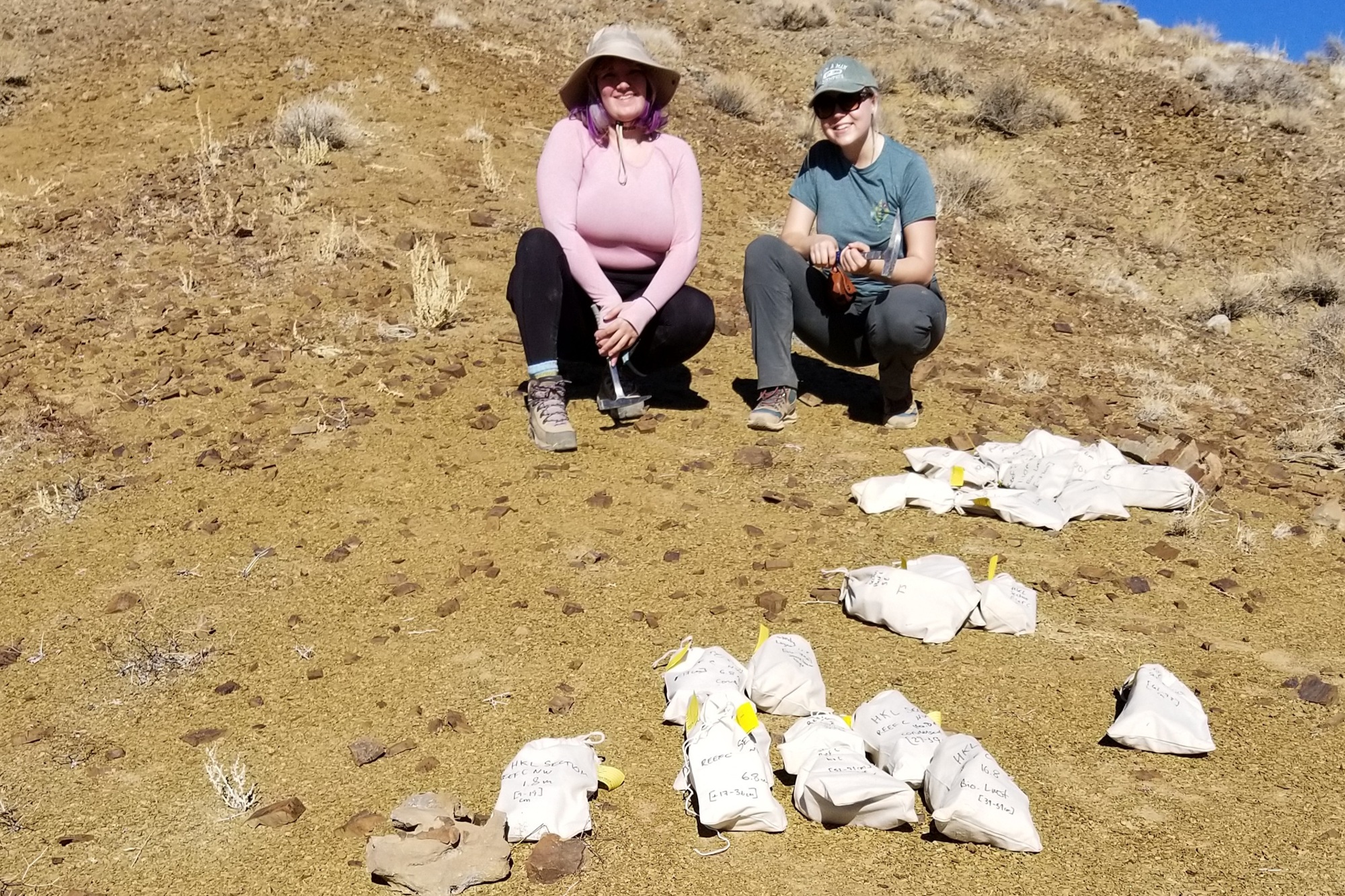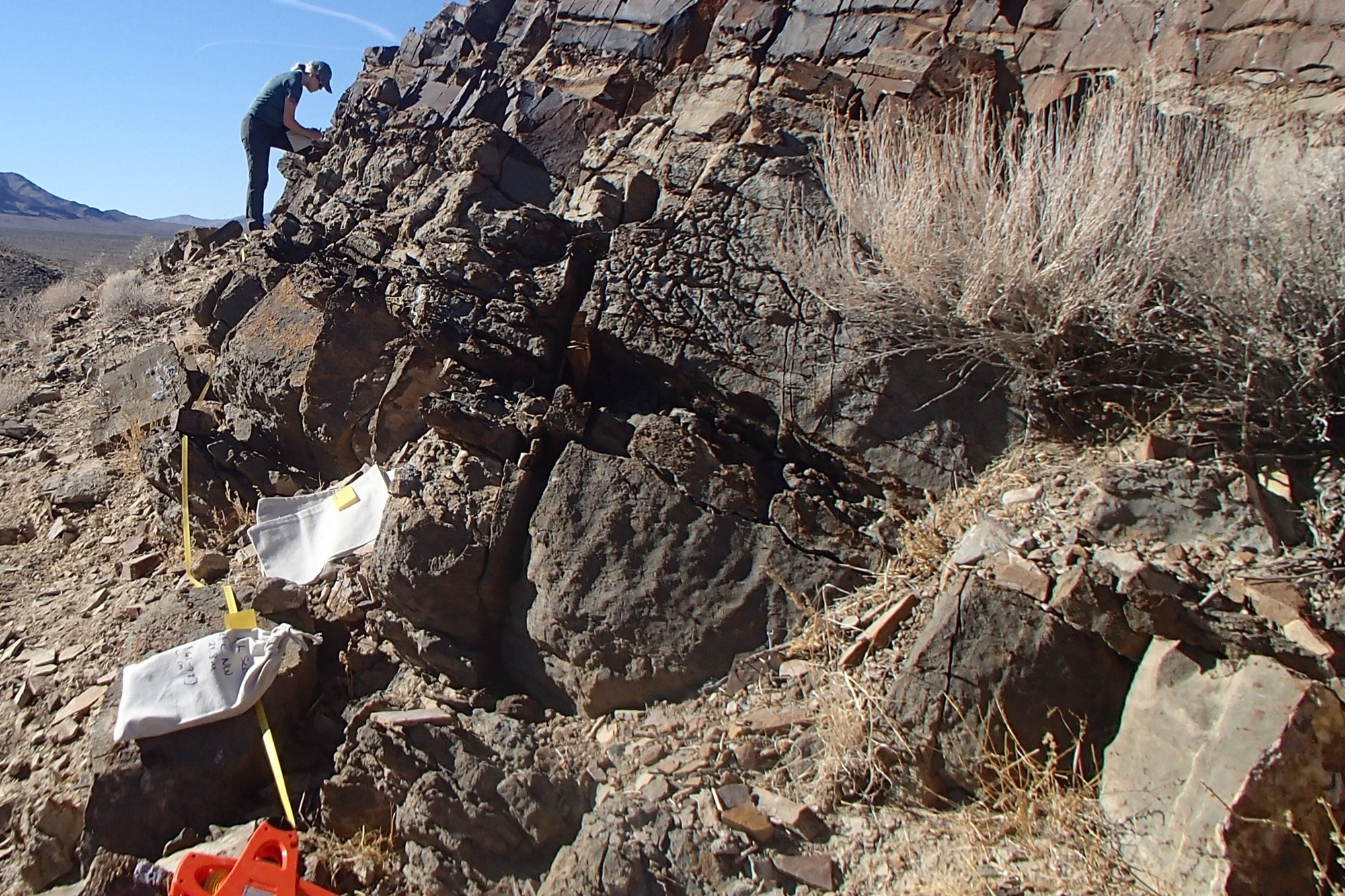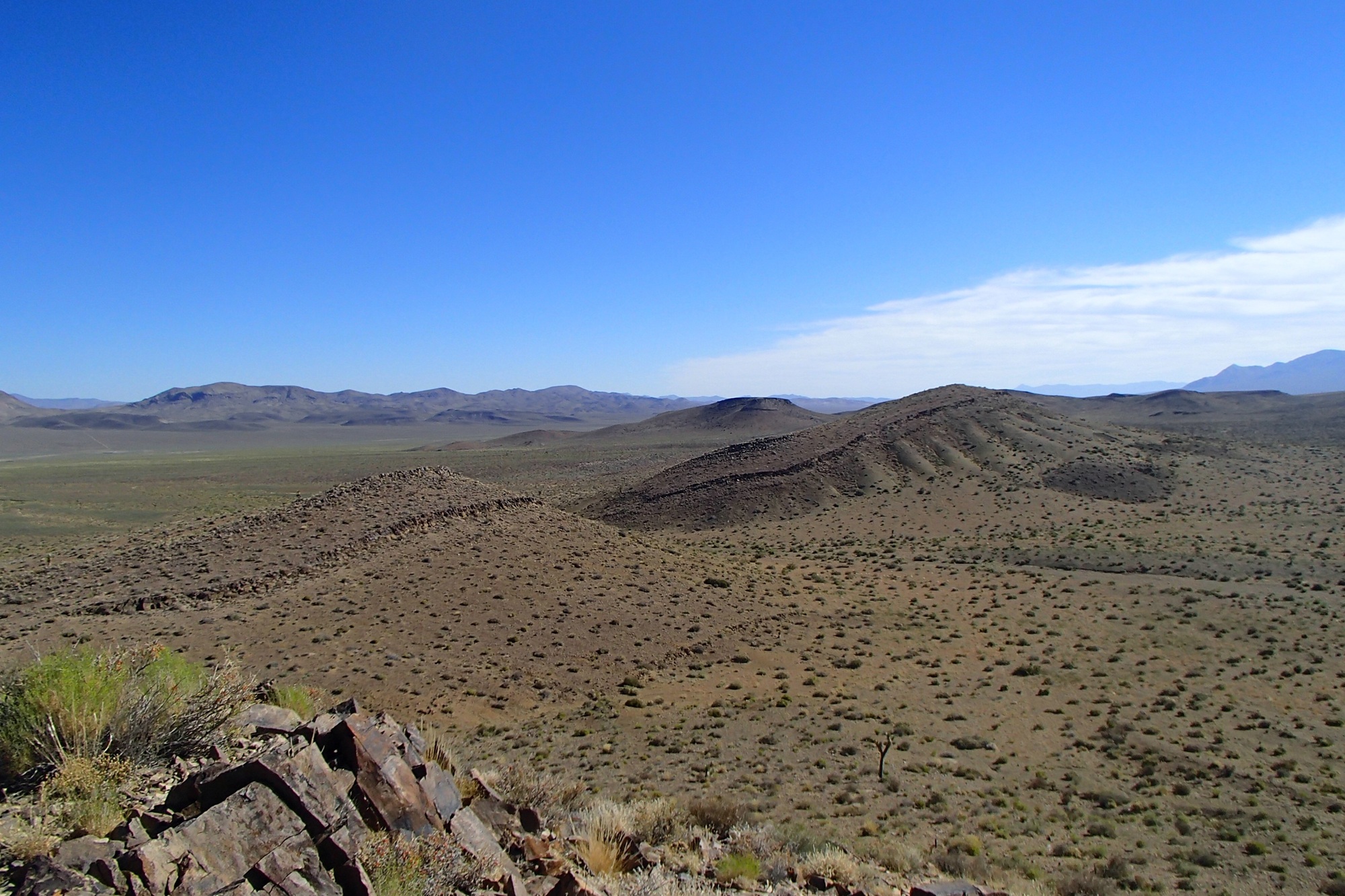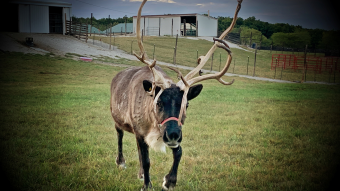By Eric Stann
June 12, 2025
Contact: Eric Stann, StannE@missouri.edu
Photos courtesy Sarah Jacquet
More than 514 million years ago, long before dinosaurs roamed the Earth, sponge-like creatures called archaeocyathids were already busy building some of the planet’s earliest reefs — just north of Death Valley in present-day Nevada.
In a recent study, University of Missouri researchers looked at how these ancient reef-building organisms shaped their environment. They also studied tiny, fossilized sea creatures called “small shelly fauna” — some of the earliest animals with hard shells ever found on Earth.
Modern coral reefs are known as biodiversity hotspots, teeming with marine life and supporting entire ecosystems. But this study found that early reefs did not appear to boost biodiversity in the same way, Casey Bennett, a graduate student in the Department of Geological Sciences and lead author on the study, said.
“With modern reefs, biodiversity is expected to decrease as you move away from the reef structure due to reduced shelter and food access,” she said. “However, we didn’t find a consistent pattern with these ancient reefs — instead, it was pretty inconsistent and was largely dependent on localized conditions.”
This discovery offers a glimpse into how life evolved in early oceans and challenges assumptions about how ecosystems develop around reef structures. It’s a reminder that not all reefs are created equal, and understanding their ancient forms could offer insight into how modern marine systems might change.
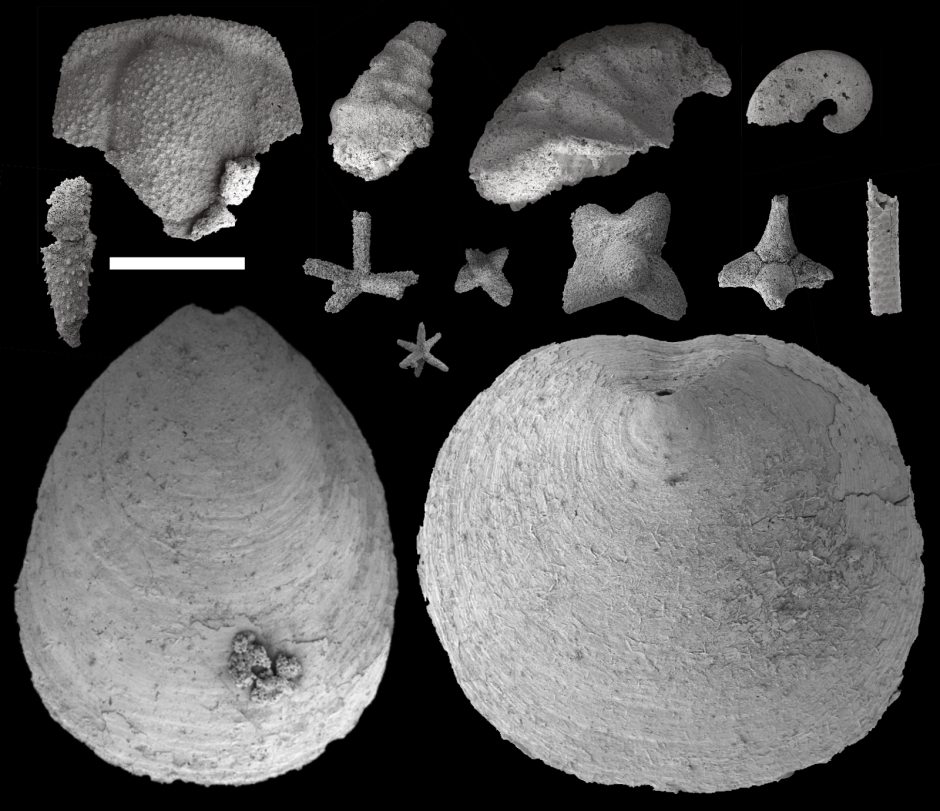
Ancient ocean currents — and rocks
To conduct the study, the team analyzed fossil assemblages across multiple rock sections. Their results show a relatively low-diversity but high-abundance community, with some organisms dominating certain layers —possibly shaped by ancient ocean currents.
Sarah Jacquet, an assistant professor of paleontology in Mizzou’s College of Arts and Science and co-author on the study, believes hydrodynamics, or how water moved around the reef, played a significant role.
“Potentially, this happened by preferentially removing or keeping certain faunas, rather than the reef serving as a major food source for surrounding organisms,” she said.
Additionally, sediment conditions, including the type of rock, impacted the quality of fossil preservation.
“Different rock types around the reef appeared to represent different ‘sub environments’ that tended to preserve certain organisms better than others, leading to localized patches of specific fossil groups,” Bennett said.
The team emphasizes the need for continued fieldwork and fossil analysis to piece together how early reef habitats influenced the spread and organization of life in Earth's oceans.
“Just because we know how the world works today doesn’t mean it worked the same way back then,” Jacquet said. “This research helps us step back and appreciate how life evolved under very different conditions.”
“Small shelly fauna biodiversity from reef-adjacent facies of the lower Cambrian Harkless Formation, Nevada,” was published in the journal Palaeogeography, Palaeoclimatology, Palaeoecology. Mizzou graduate student Clare Mate also contributed to this study.
